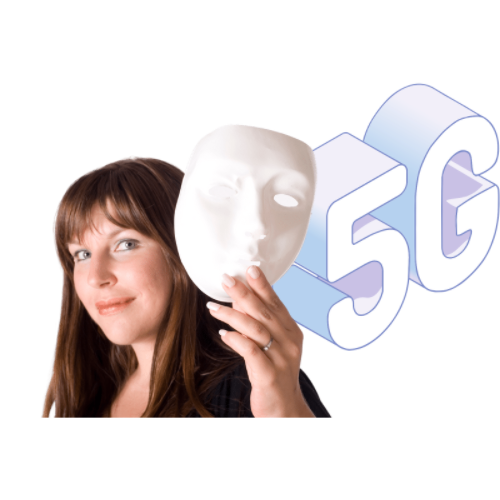The cellular industry and all the jargon surrounding it can be rather confusing at times. There’s also so many cellular products to choose from that it can be difficult to determine what features you need. In effort to help you better understand, we’ve outlined some important terms and how they relate to the way cellular technology works.
LTE Categories
You may have heard the term “Cat” before when it comes to Ethernet cables (e.g. Cat 5, Cat 6), but what about when someone is talking about cellular? “Cat” refers to the category of a 4G LTE modem (5G does NOT use categories). 4G LTE (Long Term Evolution) is a cellular technology in which both voice and data service can operate.
Categories are used to define the performance specs of the LTE device. They range from 1 to 22 and differ with regards to the frequency band support as well as the upload and download speeds they are capable of running. For example, Cat 1 modems can download at up to 10 Mbps (megabits), while Cat 22 modems are going to receive download speeds of up to 2.5 Gbps (gigabits).
What is MiMO?
Some other differences between LTE categories is the number of antenna connections they use. Categories 1 through 4 are all going to have a main and diversity/ auxiliary port. This is called a MiMO connection (2×2 specifically). MIMO (Multiple Input Multiple Output) is a technology used in wireless communication systems to improve the capacity and performance of the communication link. MIMO systems use multiple antennas at both the transmitter and the receiver to transmit and receive multiple data streams simultaneously over the same frequency band.
In the case of 2×2 (Cat 1-4) or 4×4 MIMO (Cat 6 and higher), there are two or four antennas at both the transmitter and the receiver, which allows for the transmission of two or four data streams in parallel. This can significantly increase the capacity and performance of the communication link, especially in environments with high levels of interference or noise.
Cat 1, up to Cat 4 support a limited number of frequency bands. They can only connect to one frequency band at a time. This is why some users can get away with having only one antenna attached to the main port of these modems – there’s enough usable signal and bandwidth with just one.
In comparison, devices using category 6 or higher – known as LTE Advanced modems – can connect to 2 or more frequency bands at the same time. They will also support more frequency bands and utilize carrier aggregation, as it is typically called. This allows LTE Advanced modems to pull in more signal and bandwidth when there are multiple frequency bands available in the area.
Carrier Aggregation
Carrier aggregation is a technique used in wireless communications that allows a mobile device or wireless modem to combine or “aggregate” multiple wireless channels or carriers into a single, wider channel in order to increase the data transfer rates and overall capacity of the connection. It is often used in the context of 4G (LTE) and 5G cellular networks.
Here’s how carrier aggregation works:
- A mobile device or wireless modem is equipped with a multi-channel receiver that can receive and transmit data on multiple frequency bands or carriers.
- The device is connected to the cellular network through a base station, which is equipped with multiple antennas that transmit and receive data on different carriers or frequency bands.
- The device and the base station communicate with each other to determine the best combination of carriers or frequency bands that can be aggregated to form a single, wider channel.
- Once the carriers are aggregated, the device and the base station can communicate with each other using the combined channel, resulting in increased data transfer rates and overall capacity.
- Carrier aggregation is an important technique for improving the performance of wireless networks, especially in areas where there is a high demand for data and the available spectrum is limited. It allows mobile operators to offer faster and more reliable data services to their customers, and it can help to improve the coverage and capacity of cellular networks.
Interested in learning more about cellular? Reach out to us via phone, email, or chat!




